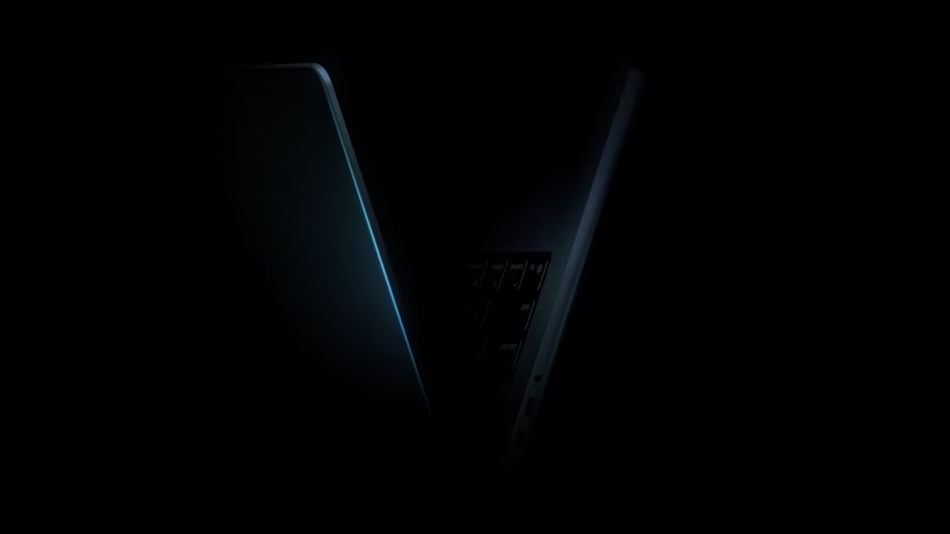- Featured
- New Mobiles
- Find New mobiles
- Latest Mobiles
- Upcoming Mobiles
- Popular Mobiles
- Gaming Mobile
- Compare Mobile
- Budget
- Under 10,000
- Under 20,000
- Under 25,000
- Under 30,000
- Under 35,000
- Under 40,000
- Under 50,000
- Over 50,000
Ad

Unveiling Lava Blaze 3 5G: Affordable Power Packed with Exciting Features!
Follow Us:
28,765 views
Lava has officially launched the Blaze 3 5G in India, offering a compelling option for budget-conscious consumers. This new smartphone succeeds the Blaze 2 5G and boasts a range of impressive specifications, including a vibrant 90Hz hole-punch display and the powerful MediaTek Dimensity 6300 chipset, designed to enhance performance with AI capabilities.
Unbeatable Price: Discover the Lava Blaze 3 5G Today!
The Lava Blaze 3 5G is attractively priced starting at ₹11,499, but for a limited time, it can be purchased for an effective price of ₹9,999 thanks to special launch offers and bank deals. Available in a sleek 8GB RAM + 128GB storage configuration, customers can start purchasing it on Amazon from September 18 at midnight. The device comes in two eye-catching colors: Glass Blue and Glass Gold.
Key Specifications
| Feature | Specification |
|---|---|
| Display | 6.56-inch HD+ 90Hz |
| Processor | MediaTek Dimensity 6300 |
| RAM | 8GB (expandable by 6GB) |
| Storage | 128GB (expandable up to 1TB) |
| Rear Camera | 50MP + 2MP AI |
| Front Camera | 8MP |
| Battery | 5,000mAh with 18W charging |
| Price | Starting at ₹9,999 |
- Display: 6.56-inch HD+ with a resolution of 720x1600 pixels and a 90Hz refresh rate, ensuring smooth visuals.
- Processor: Powered by the MediaTek Dimensity 6300, coupled with 6GB of LPDDR4x RAM, providing efficient multitasking.
- Storage: Comes with 128GB of UFS 2.2 storage, expandable up to 1TB via microSD, plus the option to virtually extend RAM by an additional 6GB.
- Camera: Features a dual rear camera setup, including a 50MP main sensor and a 2MP AI camera, along with an 8MP front camera for high-quality selfies. It supports video recording up to 2K at 30 fps and offers various camera modes like AI Emoji, Portrait, and Pro Video.
- Connectivity: Equipped with 5G support, dual 4G VoLTE, Bluetooth 5.2, and a 3.5mm headphone jack, ensuring you stay connected.
- Battery: A robust 5,000mAh battery supports 18W wired charging, providing longevity for all your daily tasks.
With its blend of advanced features and budget-friendly pricing, the Lava Blaze 3 5G is poised to be a strong contender in the smartphone market, making it a great choice for consumers looking for value without compromising on performance.
Latest News





Reviews & Guides
View All

Sony BRAVIA 7 Mini LED K-65XR70 vs. Haier Mini LED H65M95EUX

Samsung QN90F (65QN90FAU) Review: The King of Bright-Room Viewing

LG QNED92: The QNED Powerhouse That's More Than a Bright Alternative

Haier M92: A New Contender in the QD-Mini LED Arena

Top 5 Washing Machines to Buy This Diwali 2025

Top 5 Refrigerators to Buy This Diwali 2025

Check out the 5 Best Smartphones to Buy this Diwali!

5 Best TVs to Buy This Diwali 2025 : Top 5 Picks and Buying Guide







